Revolution and Community Protection
Understanding Community Protection has been and continues to be one of the most significant achievements of the July 19 Revolution over its 12-year span. With this concept, founded on the sacrifices of 12,301 martyrs, all the components of the region today adopted a shared life.
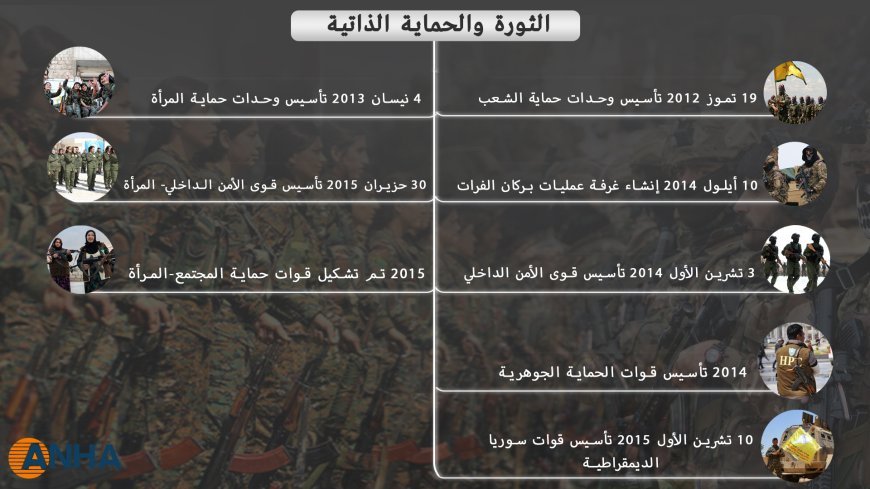
The concept of protection is considered one of the most important notions that have spread and solidified in society during the 12 years of the July 19 Revolution.
Each regime describes the concept of "protection" according to its perception and the approach it follows, giving it a different structure. Therefore, understanding the protection system in North and East Syria is extremely important.
Protection is defined as "self-defense against any attack by a person, animal, or group of persons or animals, in other words, self-defense against any external threat."
If "protection" means self-defense against any attack, then we need to define and determine the concept of "attack" as follows: "killing, destroying, or neutralizing (intimidation, detention, injury) any living being."
All living creatures in nature have a defensive mechanism. This defensive mechanism exists in humans and even animals. An animal or any other living being has a protective reflex for self-protection since birth, and gathering in groups is considered one of these defensive mechanisms.
Protection varies from one being to another. For humans, they do not have any protective features at birth, so humans can't protect themselves unless they come together. Here, it becomes evident how much humans need social upbringing. Away from society, a human can't think, speak, make, or innovate. In other words, humans and social upbringing create each other.
In the early upbringing of human groups, it was necessary to protect themselves against natural dangers. Therefore, humans sought refuge in jungles and caves to protect themselves from cold, heat, rain, floods, drought, and predatory animals. This is considered the first defensive mechanism for humans against impending dangers, or what is described as "natural" protection.
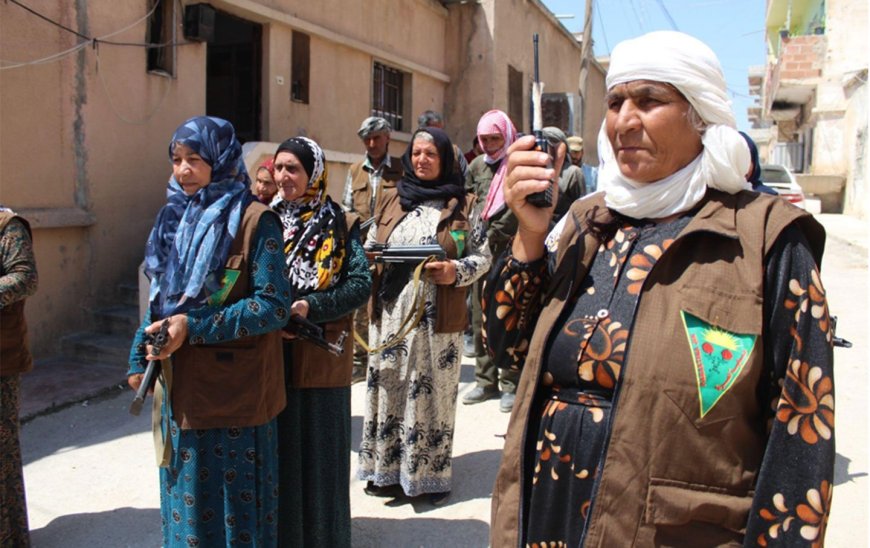
Protection deviates from its true meaning
After social developments and material innovations, defense and attack took on new meanings. In addition to physical destruction, attacks on identities began. Examples of this include stories and tales in myths that mention attacks by clans (early human gatherings), tribes, and states on each other.
What should be focused on here is that protection deviated from its initial meaning and took on a new form. With the emergence of hierarchy and the state, laws began to be enacted to protect the interests of authority. Based on this, the state adopted protection to defend its existence. In other words, protecting language, culture, identity, or belief is a noble and legitimate right unless there is a law prohibiting it; otherwise, it is considered a crime. Thus, attack turns into defense and defense into attack, meaning right becomes wrong and wrong becomes right. According to laws, protecting language is considered an attack, and prohibition is considered defense. In other words, the defensive mechanism was taken from society and given to army and police institutions and used against it.
In Kurdistan and the Middle East in particular, ethnicities were oppressed, their languages and cultures were denied, their lands were taken, and massacres were committed against them. Historians cite the genocides committed against Kurds, Assyrians, Syriacs, and Chaldeans, where their language, culture, identity, and all their values were oppressed, and they were not protected or defended.
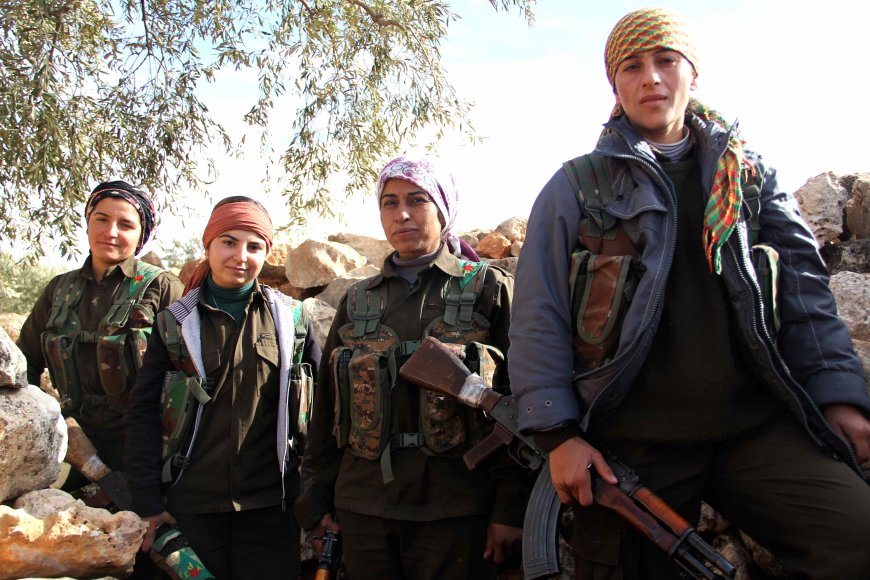
Democratic Autonomous Administration and legitimate defense
With the emergence of the Kurdish liberation movement and its struggle, "protection" was redefined, and community organization was built on this basis. This was described as legitimate defense. In other words, protection was defined as "the struggle to organize society in all fields."
To achieve this, leader Abdullah Ocalan presents a democratic society as a solution and links self-organization with ethical and political foundations. According to this, Kurds and other components must first defend their values and then revive the democratic nation system together.
Protection in North and East Syria
The Democratic Autonomous Administration system in the North and East Syria region adopts Community Protection Forces as a basis for defense.
The defensive system was established with the July 19 Revolution, but it is fundamentally based on models that existed in the preceding years. Over 10 years of struggle, Kurds gained significant experiences. Following the 2004 massacre in Qamishlo, work began to establish the defensive system's foundations. Self-defense groups were organized in villages and neighborhoods and institutionalized on September 14, 2011, under the name of Self-Defense Units (YXG), and then the People's Protection Units (YPG) were formed in the same year.
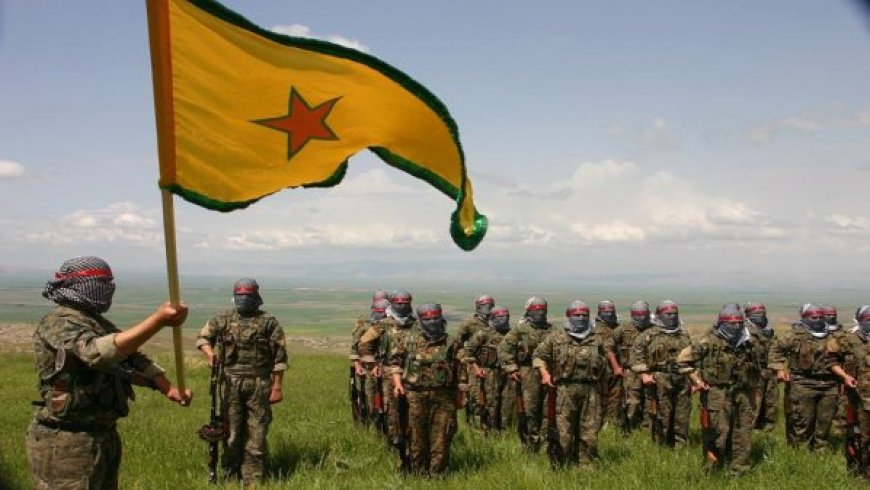
Protection Forces
When the revolution started in Syria in 2011, the issue of defense and protection in Rojava became more prominent. Alongside protests, the self-protection network was expanded, and on July 19, 2012, citizens organized within the People's Protection Units (YPG) cleared the city of Kobani of Damascus government security forces.
With the July 19 Revolution, the concept of the protection system spread and solidified among all segments and components of society, becoming a model to be followed over 12 years.
Women, who led the revolution, formed the Women's Protection Units (YPJ) on April 4, 2014. To protect society and its values, the Internal Security Forces (Asayish) were established in the liberated cities on October 3, 2014. The Internal Security Forces - Women were established on June 30, 2015.
Today, the Internal Security Forces (Asayish) include several sections: "General Security, Special Forces (HAT), Crime Fighting, Rapid Intervention (Najda), Traffic Police, Checkpoint Security, Operations Rooms, Drug Fighting, and Tribal Coordination Office."
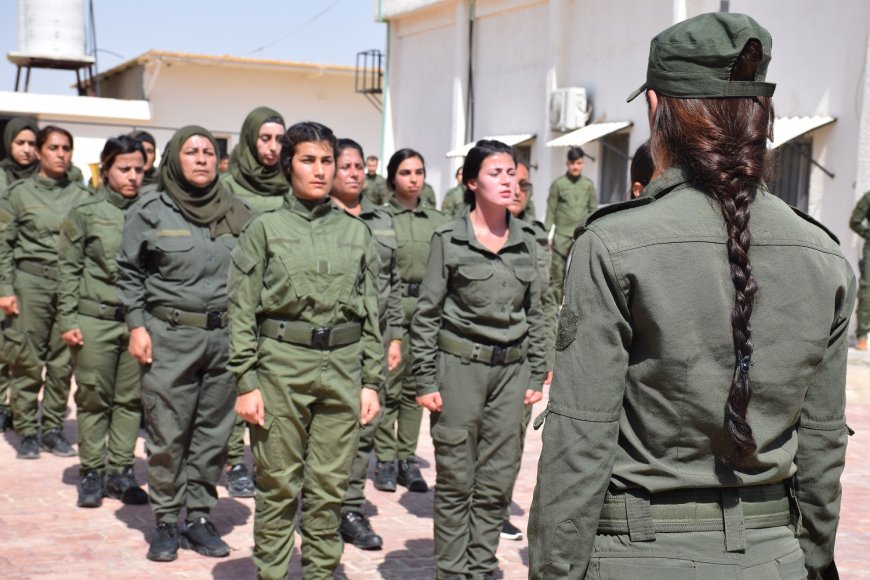
Joint Forces
Over 12 years of the revolution, protection based on the philosophy of the democratic nation united all components of the region. During the attack of ISIS mercenaries on the city of Kobani on September 15, 2014, Kurds, Arabs, Turkmens, Syriacs, Assyrians, and Armenians fought together on the same fronts, creating a strong foundation for joint protection forces.
On September 10, 2014, the People's Protection Units (YPG), with the Tawhid al-Sharqi Brigade, Raqqa Revolutionaries, Shams al-Shamal Battalion, Fajer al-Huriya Battalions, Jarabulus Brigades, Jabhat al-Akrad, al-Imanaa Revolutionaries, Al-Qasas Army, and the Jihad for God Brigade formed a joint operations room named Euphrates Volcano. On September 27 of the same year, a joint defense room was established in Serê Kaniyê.
With the establishment of these joint operations rooms, many Arab and Syriac areas were liberated in addition to Kurdish areas. Hundreds of villages and towns were liberated from Tal Kocher to Manbij.
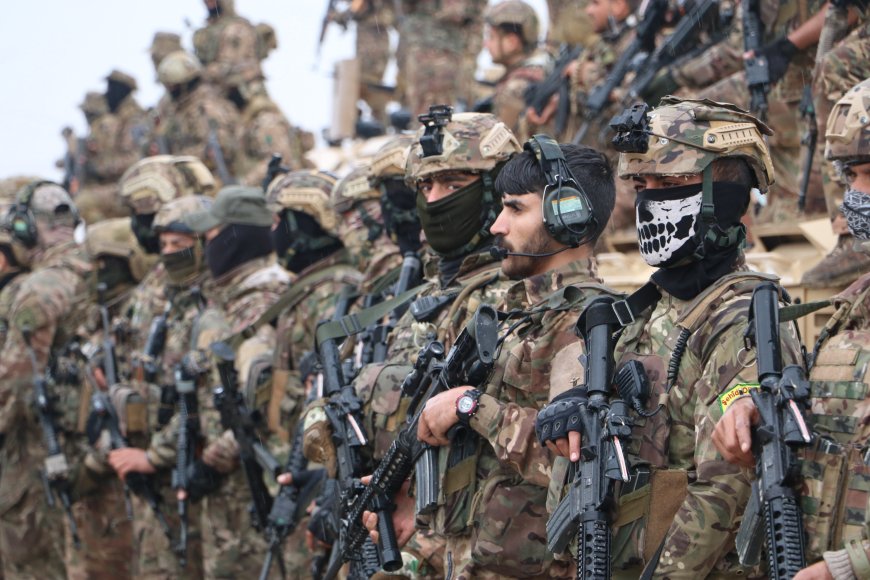
Community Forces
On this basis, the establishment of the "Syrian Democratic Forces" was announced in Hasaka on October 10, 2015, with the participation of 13 different military forces from various components. The Syrian Democratic Forces played an important role as a unifying umbrella for the military forces protecting the Autonomous Administration areas.
In addition to military and security forces, and to enhance awareness of self-protection, the Community Protection Forces (HPC) were formed. These forces consist of citizens who protect their land and homes within (villages, cities, neighborhoods and towns).
Member of the Community Protection Forces - Women, Wadha Wanki, recalled what happened during the Qamishlo uprising in 2004, saying: "We didn't have a force to protect us."
Wadha Wanki confirmed: "In 2004, we prepared and organized ourselves in defensive formations to protect ourselves against any potential attack."
Wadha Wanki noted that after the crisis developed in Syria, they began organizing themselves under the umbrella of (YXK) by setting up checkpoints within the city and villages to protect themselves from any potential attacks. She said: "Men and women shared in protecting the community together, despite the lack of equipment and weapons."
Wadha Wanki emphasized that the concept of protection and self-defense evolved after the July 19 Revolution, and now they protect themselves independently without needing anyone.
Member of the Community Protection Forces, Hasan Khidr Muhammad, said: "Now the community protects itself independently without resorting to any institution. Previously, there was no protection of any kind; the community was marginalized."

Great Resistance
The concept of defense and protection established brought together all segments of society, building a shared life on one hand, and contributed to a great resistance against all attacks from mercenaries and the Turkish occupation army on the other hand. Most importantly, it instilled in everyone the idea that "we can protect ourselves." During these 12 tough years, 12,301 martyrs were elevated.
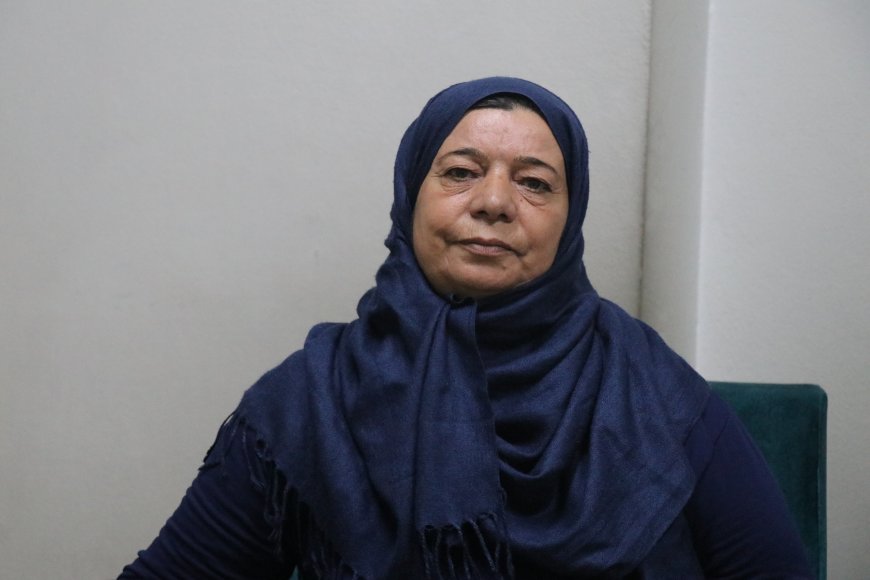
Co-chair of the Defense Office in the Jazera Canton, Mazloum Saado, confirmed that: "The people organized themselves with the emergence of the crisis in Syria within a defensive system and developed internal defense for the community to protect their land, city, villages, and homes. The people and fighters of the People's Protection Units were able to cleanse the area of the regime."
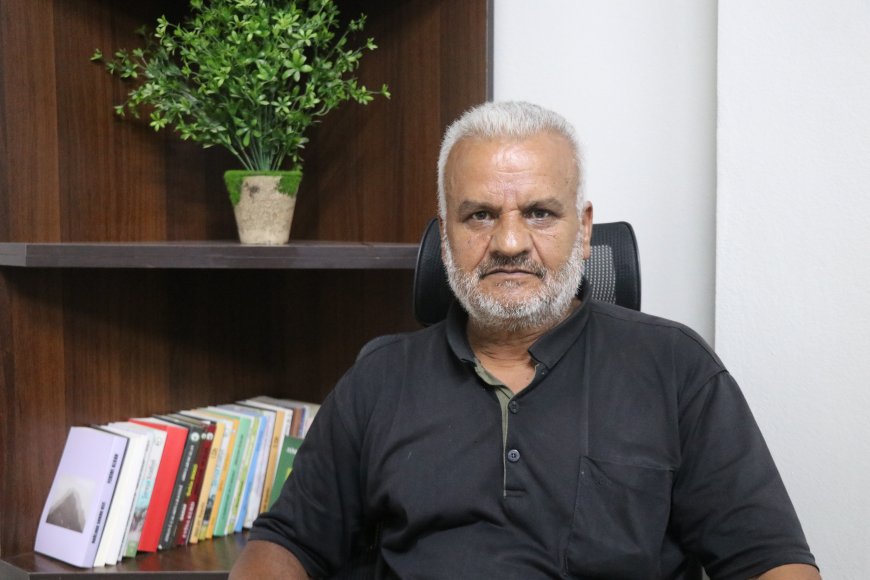
Protection in the social contract
The Autonomous Administration of North and East Syria grants significant importance to defense and protection, considering it an essential and indispensable point. Therefore, specific provisions related to protection, martyrdom, and the families of martyrs were included in the social contract.
Article 23 of the social contract, concerning martyrdom, the families of martyrs, and the wounded, states: "Martyrdom is a sacred value, and the Autonomous Administration guarantees care and a dignified life for the families of martyrs, the wounded, and war prisoners."
Article 30 of the social contract addresses the duty of protection, stating: "Self-defense against any external or internal danger is a legitimate right, and it is the duty of individuals and groups living under the Autonomous Administration to defend themselves and uphold their dignity in case of any aggression."

In the same context, Article 111 of the social contract states: "Self-defense is a guarantee and continuation of life. Based on the right and duty to defend existence, it was necessary to establish a self-protection system based on the awareness of legitimate self-defense and the organized democratic society in North and East Syria."
The same article points out that the Syrian Democratic Forces, the Women’s Protection Units, the Community Protection Forces, and the Internal Security Forces are the main pillars of the self-protection system.
The July 19 Revolution is entering its 13th year, and it can be said that the protection system is continuous and enduring, with the community members continuing their lives according to this approach.
A-H\Sh-S
ANHA














